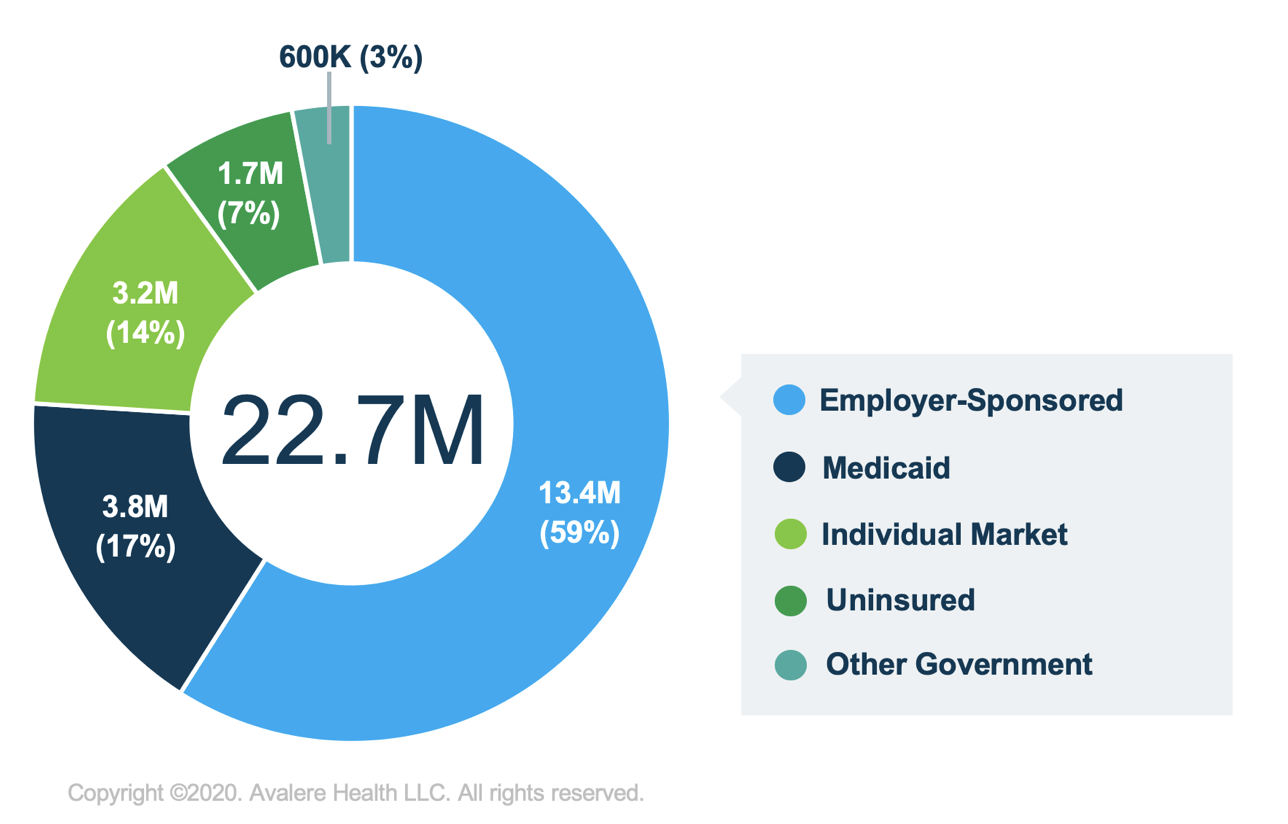“Medicare at 60” Shows Democrats’ Lust for Government-Run Health Care
The day after socialist Sen. Bernie Sanders, I-Vt., suspended his campaign for the Democratic presidential nomination, presumptive nominee and former Vice President Joe Biden announced his support for a smaller version of Sanders’ signature single-payer proposal. In a Medium post, Biden said he had “directed [his] team to develop a plan to lower the Medicare eligibility age to 60.”
As with many Democratic plans, the proposal sounds like a moderate option. After all, near-seniors will join Medicare soon enough, so how much harm would this plan cause?
But viewed from another perspective, Biden’s proposal looks like a major step toward Sanders’s goal of a government-run health care system. As a way to reduce the number of uninsured, the idea seems like a solution in search of a problem. But as a method to replace private coverage with government-run health care, the Biden plan could accomplish its goals effectively.
Most Eligible People Already Have Coverage
The consulting firm Avalere Health, founded by a Democrat and with liberal leanings, recently released an analysis indicating nearly 23 million people may qualify for coverage under the Biden proposal. But the firm’s headline cleverly attempted to bury the lede, obscuring the fact that the vast majority of eligible people already have health insurance.
As the below graph shows, Avalere found only 7 percent, or 1.7 million, of the 22.7 million people potentially eligible for the Biden proposal lack coverage. The majority of the 60-64 population (13.4 million, or 59 percent) obtain coverage not from government, but from their current or former employer.
Composition of Individuals Newly Eligible for Medicare Under Biden Proposal, Ages 60–64, 2018

The Avalere analysis more accurately depicts how 16.6 million people (13.4 million with employer coverage and 3.2 million with individual plans) could lose their existing private coverage. It also demonstrates how taxpayers could face major costs — particularly if people with private insurance drop that coverage and join the Biden Medicare plan — to reduce the uninsured population by a comparatively small amount.
Near-Retirees Are Comparatively Wealthy
Biden didn’t say how he would structure his proposal to allow people to buy into Medicare at age 60. But he did imply that enrolled individuals would receive some type of federal subsidy when he stated, “Any new federal cost associated with this option would be financed out of general revenues to protect the Medicare trust fund.”
Here again, many near-retirees, in the peak years of their earning potential, don’t need federal subsidies for health insurance. Various surveys show the median household income of near-retirees ranges between $85,000 and over $90,000.
At that income level, even those people who have to pay their entire insurance premiums — Obamacare Exchange policies can easily exceed $1,000 per month for the 60-64 population — could do so without a subsidy. Indeed, a family of three making $86,880 in 2020 would not qualify for any subsidy under the present regime, although Biden’s original health care plan calls for increasing the richness of the Obamacare subsidies.
‘Medicare at 60’ Is a Slingshot to Single-Payer
If Biden’s “Medicare at 60” proposal wouldn’t significantly reduce the number of uninsured — it wouldn’t — and wouldn’t lower costs for people who can’t afford coverage — the comparatively small number of uninsured among people ages 60-64 demonstrates the fallacy of that proposition — then why did Biden propose it in the first place?
Apart from serving as an obvious political sop to the Sanders crowd, the Biden “Medicare at 60” proposal would function as a major cost-shift. By and large, it wouldn’t help the previously uninsured obtain coverage nearly as much as it would use federal dollars to supplant funds already spent by the private sector (whether individuals or their employers).
By doing so, it would build the culture of dependence that represents the left’s ultimate aim: crowding out private insurance and private spending, and putting more people on the government rolls. That Biden would propose a plan so obviously centered around that objective shows he doesn’t fundamentally disagree with Sanders’s single-payer plan at all. He just doesn’t want to disclose his intentions before bringing socialized medicine to the American health-care system.
This post was originally published at The Federalist.